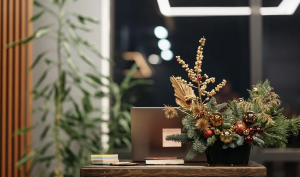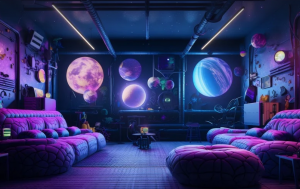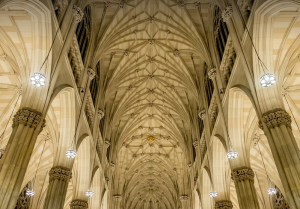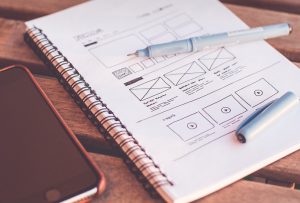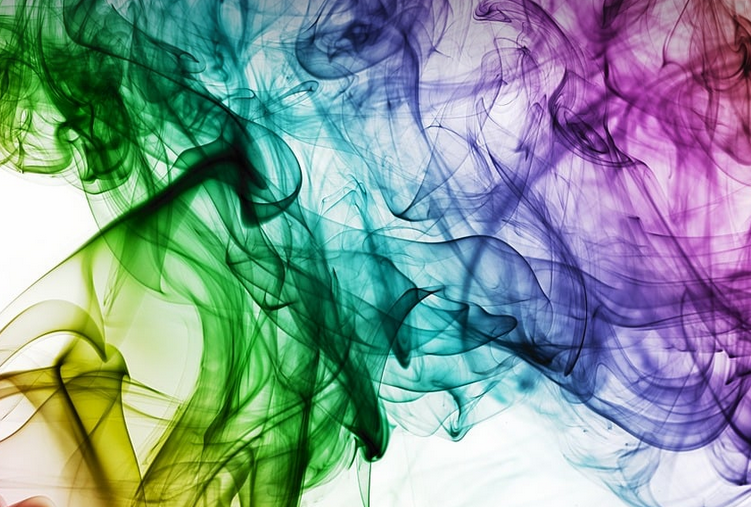
Capturing the Essence of Interiors
Interior design photography is a thrilling field that blends artistic vision with technical expertise. It’s about more than just taking pretty pictures; it’s about weaving together light, composition, and mood to tell a story about a space. The key lies in capturing not just the visual aesthetics, but also the feeling of the room – the ambiance, the character, the personality that makes each project unique.
Choosing the right camera for interior design photography can make all the difference between good images and stunning visuals. Let’s dive into what you need to look out for to find your perfect match.
Factors to Consider
Choosing a camera for interior design isn’t simply about picking the most expensive or “ fanciest” model. It’s about understanding what specific needs your photography will require. It’s about investing in the right tools for the job, and that process starts by asking yourself some key questions:
**What kind of interiors are you photographing?**
For example, if you’re working on projects with a lot of natural light, like airy kitchens and living rooms, your camera needs to be able to capture that beautiful luminosity. If you’re working on more intimate spaces, perhaps bedrooms or bathrooms, then you might need something with a little more detail-oriented focus.
**What is your budget?**
Cameras can range from affordable point-and-shoots to professional mirrorless and DSLR systems. Your budget will influence the features and options available, but remember that a higher price tag doesn’t always guarantee better results. Invest in quality lenses that complement your camera body for optimal performance.
**How technical are you?**
Do you want to fine-tune every aspect of your images or simply point and shoot, leaving the details to software? Knowing this will guide your choice between a simple point-and-shoot or a camera with more manual controls.
Camera Types
Let’s explore some common types of cameras that excel at interior design photography:
**Mirrorless Cameras:**
These are becoming increasingly popular for their excellent image quality, lightweight design, and advanced features like in-body image stabilization. For example, the Sony a7 series is known for its great autofocus and compact size (and comes in various price points). They can be fantastic for shots with fast moving subjects or low light conditions.
**DSLR Cameras:**
DSLRs remain popular in the world of interior design photography due to their high-performance sensors, impressive range of lenses, and manual controls. They offer a versatile platform for capturing details and achieving professional results. Canon and Nikon are some top brands known for their DSLR expertise, but don’t be afraid to consider other options like Sony or Fujifilm too.
**Smartphone Cameras:**
With recent advancements in smartphone technology, these cameras now rival the quality of many professional-grade models. They are light, compact, and readily available, making them a perfect option for beginners who want to explore interior photography without breaking the bank.
**Choosing Lenses:**
A good camera lens is as important as your camera body itself. The type of lenses you choose will be heavily influenced by the types of interior design projects you take on: * **Macro Lenses**: These are excellent for capturing intricate details in furniture, artwork, or other small objects within a room. * **Standard/General Purpose Lenses:** These offer versatility, allowing you to capture wide shots as well as close-ups. * **Specialized Lenses**: There are various lenses specifically designed for interior design photography, such as tilt-shift lenses or fisheye lenses. * **Prime vs. Zoom Lenses:** Prime lenses (fixed focal length) offer sharper images with less distortion but require a larger aperture. Zoom lenses offer flexibility and easier movement within the scene.
Lighting: The Heart of Interior Design Photography
Light is an intrinsic element in interior design photography. It dictates mood, highlights textures, and creates shadows – all crucial components for capturing the essence of a space.
**Natural Light:**
Utilize natural daylight whenever possible. Position your subjects near windows to maximize natural light and minimize harsh shadows. Pay attention to window placement, wall color, and lighting direction to achieve balanced and pleasing results.
**Artificial Light:**
For challenging environments with limited sunlight, artificial lighting plays a vital role in shaping the scene. You can use: * **Continuous Lights (LED panels):** These provide even illumination without harsh shadows. * **Softbox Lights:** These lights offer diffused and soft light direction. * **Spotlights:** For highlighting specific areas or textures within your subject.
**Setting the Mood:**
Artificial lighting also allows you to set a mood like the warm glow of candlelight for cozy spaces, or a bright, airy atmosphere for kitchens and living rooms. Experiment with different light levels and colors while photographing interior designs.
The Importance of Composition
Even with the best camera equipment, a poor composition can make your images look flat and uninteresting.
**Rule of Thirds:**
This rule suggests that you divide your frame into nine equal parts by two horizontal lines and two vertical lines (think tic-tac-toe). Placing your subject at the points where these lines intersect creates a more visually pleasing image.
**Leading Lines:**
Use any architectural elements – like windows, furniture legs, or even artwork — to lead the viewer’s eye towards the focal point of your photograph. It creates a sense of depth and movement within the scene.
**Symmetry and Unbalanced Composition:**
Use symmetry and asymmetry for visual interest. A symmetrical composition can be calming, but an unbalanced one can create more dynamism and draw attention to specific parts of the room.
**Negative Space:**
Don’t be afraid to leave some “negative space” around your subject. It allows the viewer to focus on what the images are trying to portray.
Post-Processing
**Editing Software:**
Post-processing is where you use software like Adobe Lightroom or Photoshop to refine your images further. You can adjust camera settings, enhance colors and contrast, remove unwanted artifacts, and correct any blemishes or imperfections.
**Aesthetics and Branding:**
Ultimately, the goal of interior design photography is not just about taking pretty pictures but rather creating a sense of place for your clients’ projects. Your editing choices should reflect the overall design style you are trying to achieve.
Capturing Emotion Through Photography
Finally, remember that interior design photography isn’t simply about technical skills—it’s also about capturing emotion and telling the story of each project. Ask yourself: what feeling do I want to evoke in my audience?
**Your Role as an Artist:**
You are not just a photographer; you are a storyteller. How do you use your camera, your lens, and your creative vision to tell the story of each interior design project?
Conclusion
Choosing the right camera for interior design photography comes down to striking a balance between your budget, technical requirements, and artistic vision. By weighing these factors and experimenting with different angles and lighting techniques, you can find the perfect tool to capture the beauty and essence of any space.
